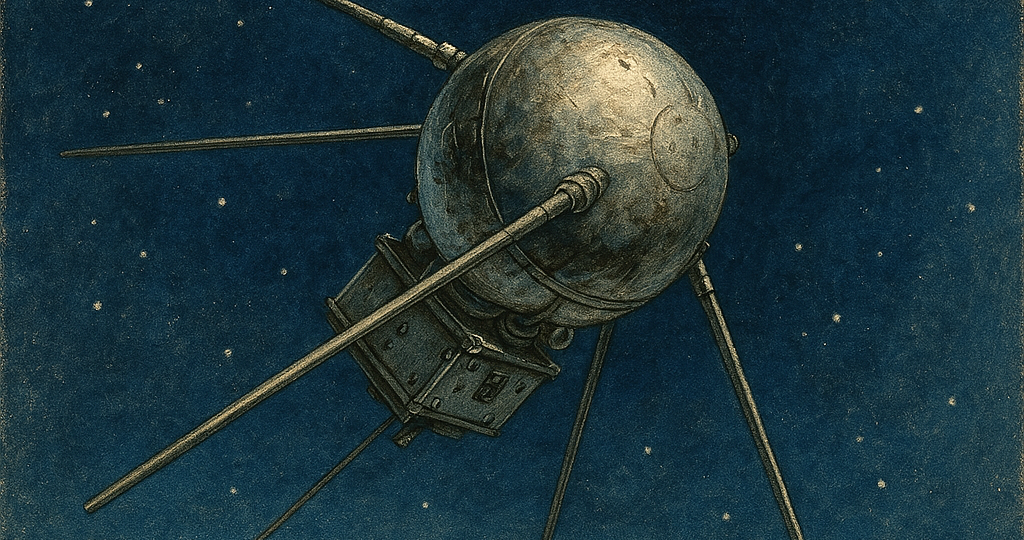
This series is a look into the space race, which peaked in 1969 when Armstrong set foot on the moon. I will delve into the events before and after the moon landing.
The Cold War was ongoing, and both the U.S. and USSR were looking for new ways to show their superiority. Both countries recruited, hilariously, German rocket scientists to propel missile and space technologies. The big breakthrough came on October 4 1957, when USSR launched Sputnik 1, the world’s first artificial satellite. It stunned the world, but more importantly, it sparked fears within the U.S. about its technological lags.
The U.S. worked even harder, but USSR decided to rub salt into the wound. Sputnik 2 came just a month later, on November 3. This time, they launched Laika the dog into space, making it the first living creature to orbit Earth. The US had to respond, but how?
They took time, but finally came Explorer 1, America’s first satellite. This was the birth of the Cape Canaveral launching site which became home to so many future missions by NASA and now SpaceX. However, just launching a satellite would have not put U.S. on the space race map.
Explorer 1’s payload was designed and headed by physicist James Van Allen. Ring a bell? Well, as the satellite was orbiting the earth, its radiation counter detected an unusual pattern; there was spaces of intense radiation and gaps in between. As they dug deeper, they found the Van Allen Radiation Belts, two doughnut-shaped regions of charged particles trapped by Earth’s magnetic field. This was one of the first major scientific findings of the Space Age.
RELATED POSTS
View all


